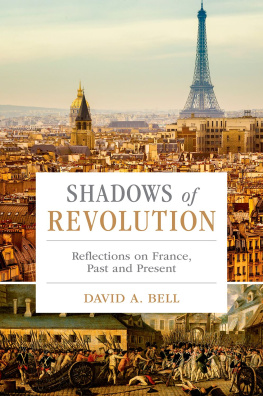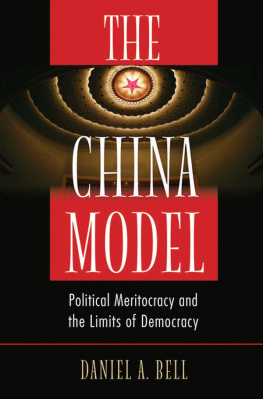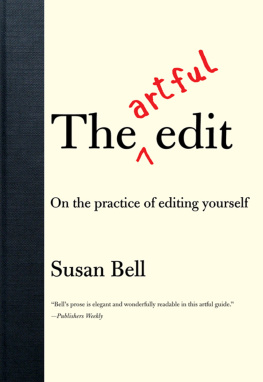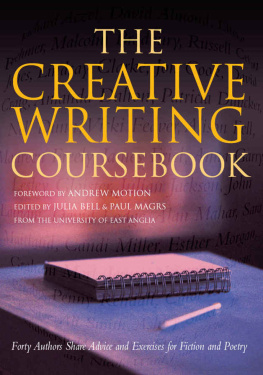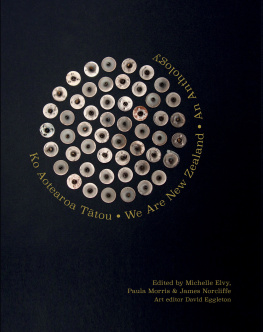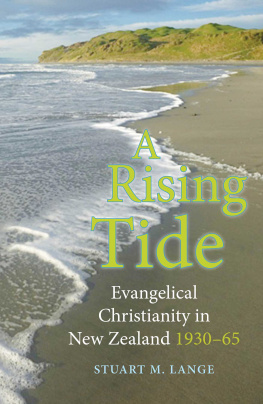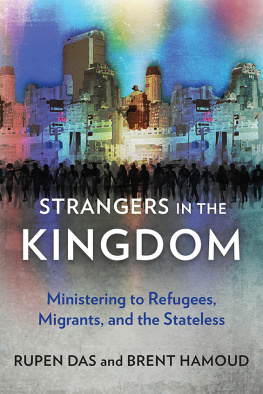Contents
Guide
Page List
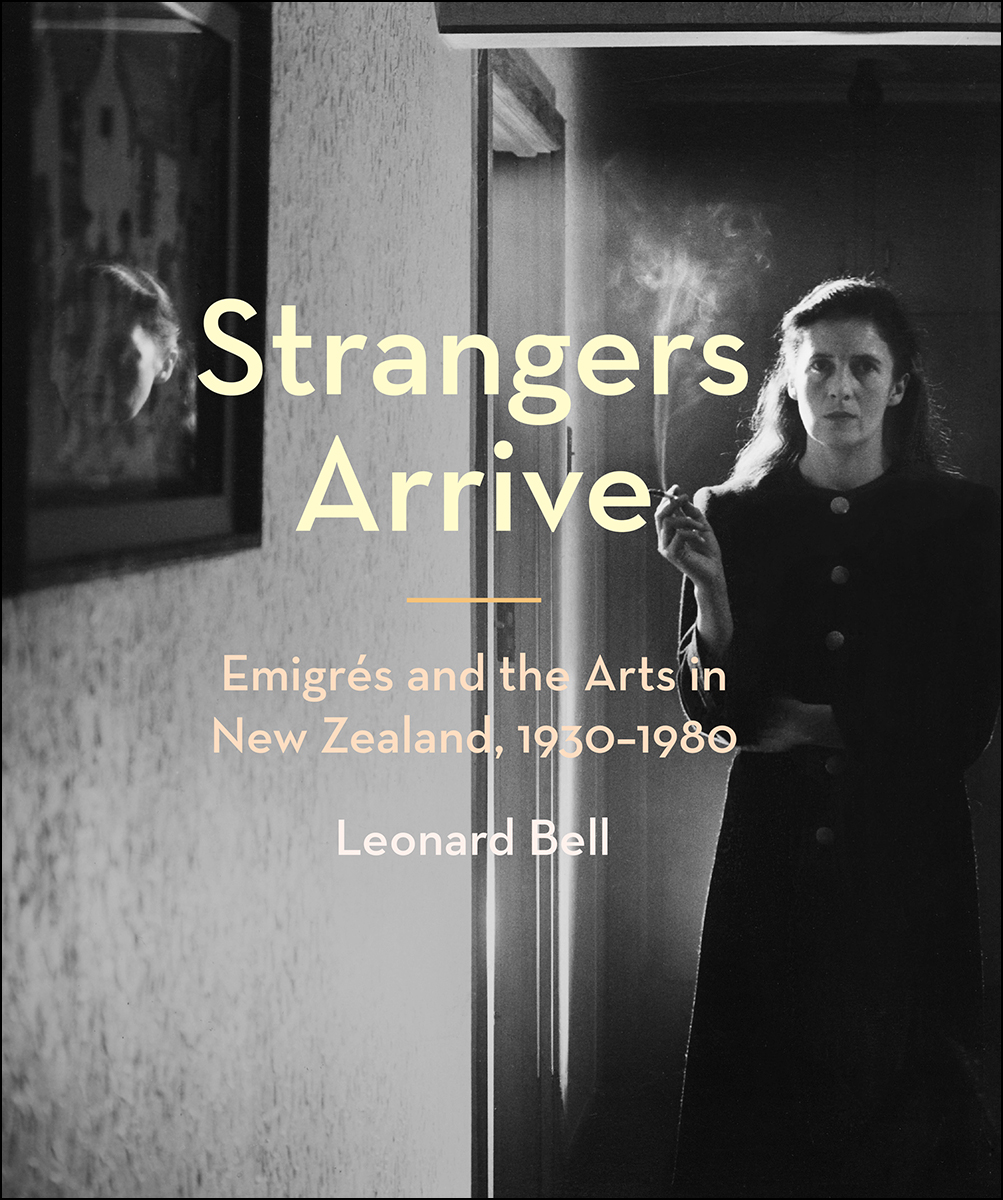
From the 1930s through the 1950s, a substantial number of forced migrants refugees from Nazism, displaced people after World War II and escapees from Communist countries arrived in New Zealand from Europe. Among them were an extraordinary group of artists and writers, photographers and architects whose European modernism radically reshaped the arts in this country.
In words and pictures, Strangers Arrive tells their story. Ranging across the arts from photographer Irene Koppel to art dealer and printmaker Kees Hos, architect Imric Porsolt to writer Antigone Kefala, Leonard Bell takes us inside New Zealands bookstores and coffeehouses, studios and galleries to introduce us to a compelling body of artistic work. He asks key questions: How were migrants received by New Zealanders? How did displacement and settlement in New Zealand transform their work? How did the arrival of European modernists intersect with the burgeoning nationalist movement in the arts in New Zealand? Strangers Arrive introduces us to a talented group of emigrs who were critical catalysts for change in New Zealand culture.
Leonard Bell is associate professor of art history at the University of Auckland. His writings on cross-cultural interactions and representations and the work of travelling, migrant and refugee artists and photographers have been published in New Zealand, Britain, the United States, Australia, Germany and the Czech Republic. He is author of Marti Friedlander (Auckland University Press, 2009), Colonial Constructs: European Images of Maori 18401914 (AUP, 1992) and In Transit: Questions of Home and Belonging in New Zealand Art (2007). He is co-editor of Jewish Lives in New Zealand: A History (2012).
Published as part of the
Gerrard & Marti Friedlander
Creative Lives Series.
Strangers Arrive
Emigrs and the Arts in New Zealand, 19301980
Leonard Bell

CONTENTS

Frank Hofmann, Frank Hofmann and Eric Lee-Johnson, early 1950s.
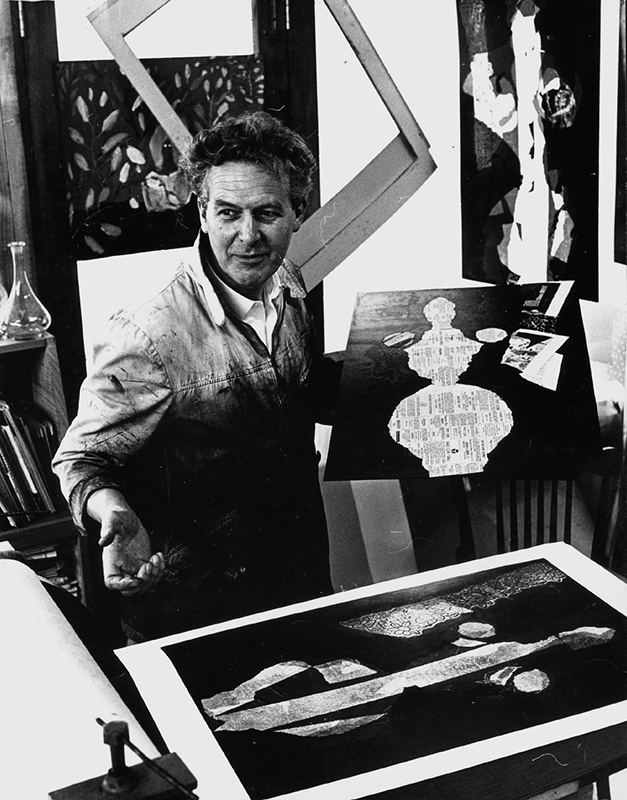
Marti Friedlander, Kees Hos, c. 1967.
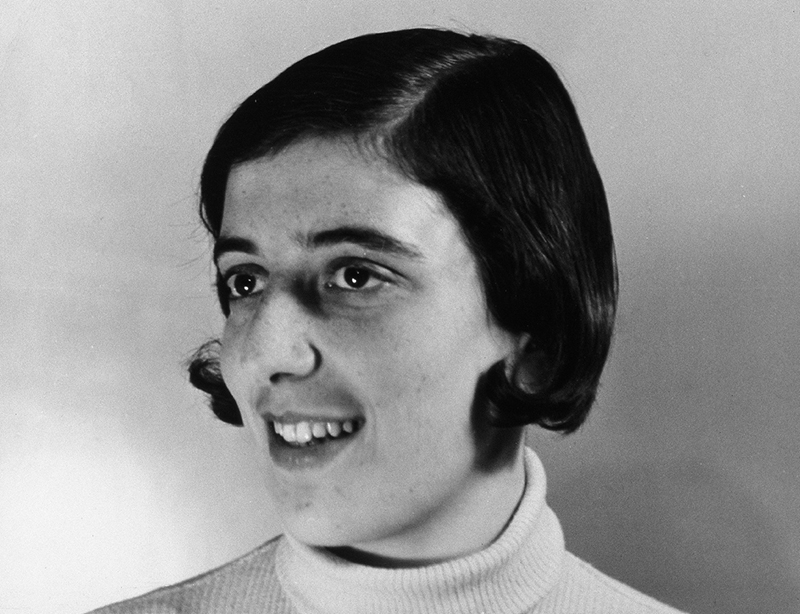
Irene Koppel, Self-portrait, c. 1939.

Marti Friedlander, Henry Kulka, c. 1967.

Frederick Ost, A Stranger Arrives, 1944, pen and ink on paper, 285 210 mm, published in Tikis: Impressions in black and white (1946).
CHAPTER ONE
Alien Registration
None of us had the faintest idea where we were going [but] during 193839 the town [Christchurch] was made strangely interesting for anyone like myself, [with the] scattered arrival of the refugees. All at once there were people among us who were actually from Vienna, or Chemnitz, or Berlin who knew the work of Schoenberg and Gropius.
Antony Alpers, Thank Offering (1985)
Tikis: Impressions in black and white was published in Wellington in 1946. Its author, Frederick Ost (190585), a Prague-trained polymath, and his wife, Greta Ostova, a professional cellist, had landed in New Zealand via Poland and England as refugees from Nazism in 1940.
Tikis reproduced seven of Osts large black pen-and-ink drawings. One is titled A Stranger Arrives (1944). There are several intersecting pictures within the composition, at the centre of which is a statuesque tiki figure; a small manikin sits at its base. Otherwise we see an internally framed harbourscape (recognisably Wellington, the site of arrival), parts of other pictures (abstract, constructivist and cubist), a guitar, bits of a vase, and other objects, such as a suitcase labelled New York, Praha (Prague), Lisbon, Paris. They signal where the stranger came from. The various parts abut one another obliquely; their borders indistinct or broken. They make up an assemblage of spatial dislocations; an image marked by fractures. A Stranger Arrives stands as a visual metaphor of the experiences, travel and travail of aliens, as refugees from Nazism and people from non-English-speaking countries were officially classified in New Zealand. Osts picture also exemplifies how displacement produces new configurations.
The Palestinian-American academic Edward Said claimed that [m]odern Western culture is in large part the work of exiles, migrs and refugees. Strangers Arrive explores the cultural impact of forced migrants in New Zealand those refugees from Nazism and the threat of war who arrived in the 1930s, and the survivors and displaced people (DPs) who arrived after World War II.
What impacts did these strangers have on New Zealands culture and society? How prominent were they as agents of change? Which of their ideas and practices were influential, which were not, and why? How were the aliens received by the locals? What roles did they play in the far-reaching cultural transformations and artistic developments that occurred in New Zealand from the 1940s to the 1970s and beyond?
Even in a small country a comprehensive coverage of refugee impacts in all spheres of activity would require several volumes. Strangers Arrive is partial. It focuses mainly, but not exclusively, on the visual arts and on writing about visual culture: photography, painting, sculpture, graphic art, crafts, architecture and planning. I focus on some key characters: photographers Frank Hofmann, Irene Koppel and Richard Sharell; artists Ost, Patrick Hayman, Jan Michels and Kees Hos; Continental film distributor and theatrical impresario Natan Scheinwald; arts writers Imric Porsolt and Gerda Eichbaum (later Bell); architects Helmut Einhorn, Henry Kulka, Frederick Newman (Neumann), Tibor Donner, Vladimir aala and Porsolt. Others, more difficult to place, have important roles, too: town planner and writer Gerhard Rosenberg; print collector and advocate Walter Auburn; artist and teacher Rudi Gopas; writer Antigone Kefala; photographers Bettina (Lily Inge Byttiner), Maja Blumenfeld and Franz Barta; craftsmen and designers Edzer (Bob) Roukema and Felix Schwimmer; architect Ernst Gerson; bookseller and writer Robert Goodman; collector and musician Ernst Specht. Probably the best-known creative aliens who were active in New Zealand in the mid-twentieth century are artist, craftsman and polemicist Theo Schoon, architect and planner Ernst Plischke and poet Karl Wolfskehl. Because they have now been written about extensively it would be redundant to foreground them; nevertheless, they make periodic appearances.



